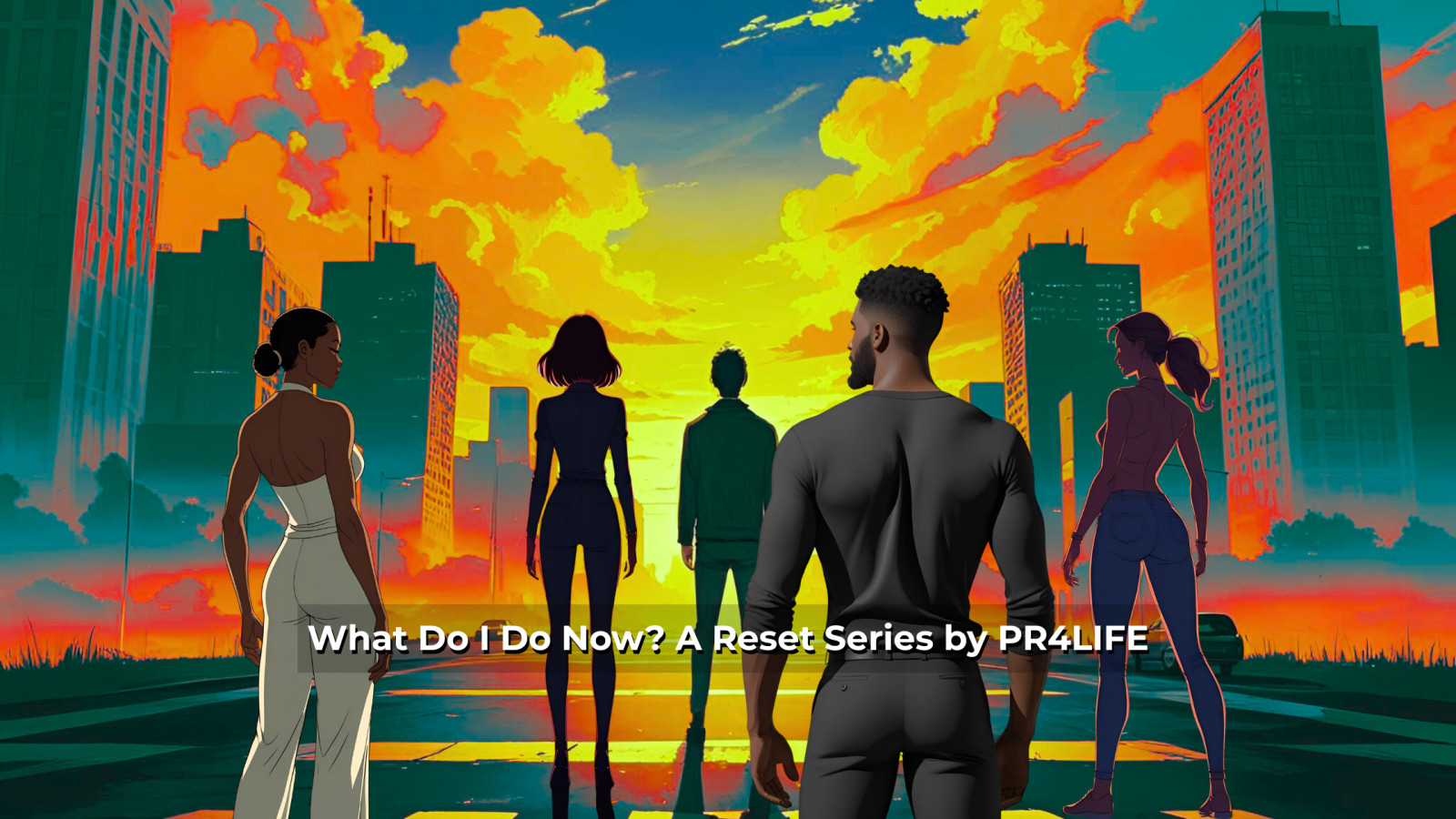
Facing the Fear of Stillness: What to Do When Life Forces You to Slow Down
Why Does Rest Feel Like Failure?
You’ve been laid off.
Maybe you finally walked away from burnout.
Or maybe life threw a curveball, and now you’re sitting in the aftermath—unsure what just happened.
Logically, you know rest should help.
But the moment you stop, the guilt creeps in.
You feel like you should be doing more.
You feel behind.
You feel unproductive.
And if you’re honest?
You feel like a failure.
Why is that?
Why do we call it a “career break” when it feels more like a public trial of your worth?
The truth is, it’s not just the job loss or the life disruption that hurts.
It’s what we’ve been taught about stillness. The idea that if you’re not busy, you’re falling behind. That if you’re not producing, you’re not valuable.
If you’ve been following this series, you know where we’ve been:
In Part 1: What Do I Do Now?, I introduced the pause—a moment of forced or chosen stillness that can serve as a reset rather than a setback.
In Part 2: The Emotional Cost of the Pause we went deeper, naming the grief, identity loss, and the hidden toll of constantly trying to prove you’re okay.
Now, in Part 3, we’re pulling back the curtain on why rest feels so wrong in a world addicted to hustle—and why giving yourself permission to slow down might be the most radical and restorative thing you do.
The Lie That’s Keeping You Exhausted
Somewhere along the way, we all inhaled the same cultural toxin:
“If you’re not producing, you’re not valuable.”
It’s the lie hustle culture has sold us for decades.
You probably learned it early:
- Praise came when you overachieved.
- Promotions came when you pushed past your limits.
- Respect came when you sacrificed yourself for the team.
So now? When you’re doing nothing—just resting, reflecting, realigning—your body might be still, but your brain is screaming:
“You’re falling behind.”
“You should be doing something.”
“Everyone else is moving forward—what’s wrong with you?”
I know I felt that way at each crossroad.
Keep moving or you’ll get left behind.
Push more, do more.
You’re gonna be ok.
As my dad told us just “keep going”
Let me be crystal clear:
That did not work out well for me.
And it won’t work out well for you.
In a world built on burnout, the cult of doing, and the constant chase for more, rest becomes a radical act of defiance.
So What Is Rest, Really?
According to Merriam-Webster, rest is a state marked by minimal activity, reduced function, and freedom from labor or exertion.
That’s the textbook version.
But in real life?
Rest is the stilling of motion—the body slows, the mind quiets, the soul exhales.
It’s a release from effort, a pause in striving, a return to peace.
It’s not just sleep.
Not just turning off your laptop or binging your way through the weekend.
Not a break you “earn” after burnout.
It’s something deeper.
Physician and author Saundra Dalton-Smith, M.D. in her book, Sacred Rest identified at least seven distinct types of rest—physical, mental, emotional, even creative and spiritual.
That alone tells us something important:
Rest isn’t one-size-fits-all. It’s layered. Intentional. Necessary.
And truthfully?
Most of us aren’t resting.
We’re just pausing productivity and calling it healing.
But real rest—the kind that restores you—isn’t passive.
It’s how we come home to ourselves.
Even Harvard Business Review—not exactly known for preaching stillness—admits that bouncing back after a layoff isn’t just about job applications.
It’s about reframing your story, building intentional routines, and leaning into community support.
Translation?
Even the most performance-driven spaces are realizing:
You can’t grind your way back to wholeness.
Because rest, in its truest form, is more than relief.
It’s the refusal to equate your worth with your productivity.
It’s a disruption of systems that reward overwork and punish stillness.
Rest isn’t the reward at the end of hustle.
It’s the rebellion that says, “I’m already enough—even when I’m not producing.”
In a culture obsessed with performance and proof, rest is countercultural.
It challenges the narratives we’ve internalized:
- That your value is tied to your output.
- That slowing down means falling behind.
- That rest is a luxury only the privileged can afford.
But here’s the truth:
Rest is a human right—not a productivity hack.
It’s where healing begins.
Where clarity rises.
Where identity is reclaimed.
And in that space—when you finally stop long enough to listen—
you begin to hear the real you again.
So if rest is human, necessary, and even sacred—
why does it feel so hard to claim?
Why do we resist the very thing that could restore us?
Let’s talk about the fear that shows up when we finally stop running.
Have you ever felt fear rush in the moment you finally slowed down? What did it sound like? What did it say?
(Jot a few of those thoughts down—you might be surprised what clarity follows.)
The Fear That Shows Up When You Finally Stop
By now, we’ve reframed the pause.
We’ve challenged the lie that rest is laziness.
We’ve named it for what it really is: rebellion, healing, and homecoming.
But here’s the hard truth:
Even when we choose to slow down—even when we know we need the rest—it can feel like we’re coming undone.
And that’s because something deeper gets triggered when the noise fades.
For me, it didn’t matter whether the pause was forced—like my layoff—or chosen, like when I stopped everything to care for my father.
Both seasons had this strange effect: once I stopped doing… the fear started talking.
“What if I’ve lost momentum?”
“What if I’m being left behind?”
“What if I never get back to where I was?”
That voice didn’t care how valid the pause was. It only cared that I wasn’t producing.
This Is Where the Fear Creeps In
And it’s not just me.
Whether your pause came from burnout, caregiving, a career shift, or just that deep sense of “this isn’t working anymore”—the fear shows up.
Maybe it whispers:
- “If I stop now, I’ll lose everything I’ve worked for.”
- “What will people think of me?”
- “Am I still valuable if I’m not visible?”
That fear isn’t irrational—it’s conditioned. We’ve been trained to believe that our pace is proof of our purpose. That motion equals momentum. That slowing down is falling behind.
But here’s what’s really happening beneath the surface.
Your Nervous System Doesn’t Know This Is Safe
We talk about rest like it’s easy. But for many of us? It’s terrifying.
When you’ve been living in survival mode—hustling, fixing, performing—stillness feels unsafe.
Biologically, your nervous system has been wired for the grind. You’ve survived on adrenaline. You’ve stayed afloat by staying in motion.
So when the pause finally comes, your body doesn’t always celebrate it.
It panics.
You feel restless. Anxious. Even guilty.
But that’s not a sign that something’s wrong with you.
It’s a sign you’re detoxing from a life that only knew you as useful when you were performing.
This Isn’t Just Discomfort—It’s Disorientation
Let’s name what’s really going on:
You’re not just navigating a career break.
You’re navigating a shift in identity.
And identity disruption is a kind of grief. A kind of disorientation.
You’re no longer who you were… but you’re not quite sure who you’re becoming.
That’s not laziness. That’s liminal space. That’s the sacred middle where clarity is still catching up to you.
Feeling stuck in your own pause?
Download the 6 Steps to a New You or book a strategy session to start finding clarity—on your terms.
The Pause Doesn’t Just Make You Slow Down—It Makes You See
You start to notice:
- The roles you outgrew but kept performing.
- The relationships that only worked when you were useful.
- The version of you that was more approved than authentic.
And that realization? It’s sobering.
Because suddenly, going back to “normal” feels more dangerous than facing the unknown.
That’s the moment where transformation begins.
But only if you stay still long enough to let the fear speak—without letting it drive.
My Moment of Stillness
After my father passed, after the layoff, after the motion stopped—I had to sit in that terrifying quiet.
The silence didn’t feel spiritual at first. It felt suffocating.
I remember one morning, sitting at my kitchen table, staring at job listings that looked familiar—but felt foreign.
I could’ve applied. I was qualified. But everything in me asked:
“Do I really want to go back to that life?”
I didn’t have the answer yet. But I knew pretending to be “fine” and sprinting into something just to feel in control wasn’t the move.
So I didn’t.
I sat still. I journaled. I coached. I rested. I got uncomfortable.
And in that discomfort… clarity started whispering.
While I’m in this stillness—yes, I’m still in it—I’ll be honest: it’s a struggle.
Letting go of who I was remains scary. My career, as I knew it, is gone.
And not knowing exactly what’s next? That part still feels heavy.
But here’s what I do know:
I don’t want to go back to “that life.”
And even if I haven’t fully discovered what’s ahead, I trust this space matters.
Because this stillness isn’t just a pause—it’s preparation.
But here’s the thing no one tells you:
Stillness doesn’t always feel safe.
When your nervous system has been wired for motion, even rest can register as threat—not relief.
Stillness can stir up thoughts you’ve been avoiding, feelings you’ve been stuffing down, and sensations you didn’t know were waiting to surface.
So what does your brain do? It looks for a way out. Distraction. Noise. Anything but stillness.
So how do you stay in it—without spinning out?
What Helped Me Sit Still Without Spinning Out
Here’s what I’ve learned—not just as a coach, but as someone in the trenches:
Stillness is a learning space. But only if you let it teach you.
That’s the hard part. Sitting still sounds simple—until your thoughts get loud, your doubts creep in, and your nervous system starts begging for distraction.
So here’s what helped me be still without losing my mind.
They’re not magic fixes. But maybe they’ll help you, too.
👉🏽 Name the Distraction
Before you reach for your phone or scroll that job board, pause. Ask: What am I trying not to feel right now?
Sometimes naming the impulse is enough to weaken its grip.
👉🏽 Confront the Noise
Journaling helped me get beneath the surface thoughts. When your head is loud, write anyway.
You might be surprised what clarity is trying to break through the chaos.
👉🏽 Quiet Yourself (Without Forcing Silence)
This wasn’t about meditating perfectly. It was about slowing down on purpose.
Taking a walk without my phone. Sitting in prayer. Drinking coffee without multitasking.
Little rituals of presence helped me remember I’m allowed to breathe.
👉🏽 Take One Step Toward the New You
Stillness doesn’t mean stagnation.
I chose one thing—just one—that aligned with who I was becoming.
Maybe for you, it’s sending an email. Applying for something exciting. Blocking time for rest.
Small steps are how the new life starts to take shape.
✨Bonus: Give Yourself Permission to Be In-Between
This isn’t about figuring it all out.
This is about not rushing the rebuild.
You’re not behind. You’re becoming.
Sitting still won’t always feel natural. Some days it’ll feel like progress. Other days? Like free fall.
But don’t confuse the discomfort with failure. This pause is part of the process.
This isn’t lost time—it’s alignment in motion.
And every quiet, honest moment you choose now is shaping the life you’re building next.
Final Thought: This Is the Work
You don’t need to bounce back.
You don’t even need to bounce forward.
You just need to honor where you are—fully, honestly, without apology.
Because this right here?
This is the work.
The sitting.
The questioning.
The not knowing.
The choosing not to run.
It’s not the flashy part of transformation—but it’s the foundation.
You’re doing the brave thing most people avoid:
Facing yourself in the stillness.
And that? That’s leadership.
Not the kind that shows up on LinkedIn.
The kind that shows up in your choices, your presence, your integrity.
The kind that rebuilds a life from the inside out.
So take a breath.
Trust this space.
And when you’re ready—take one step.
Not because you’re rushing back.
But because you’re rising forward.
What About You?
What has your pause revealed to you?
What fears or false stories are you learning to release?
I’d love to hear.
Drop a comment below—or let’s talk through it together.
🎯 Ready to move through your pause with purpose?
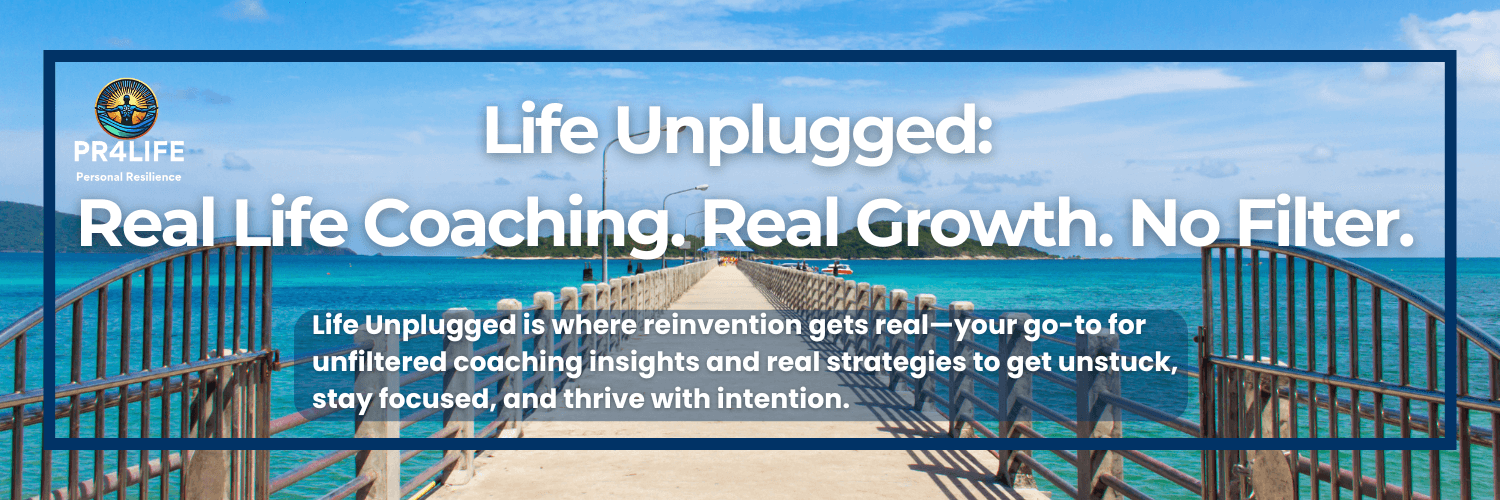



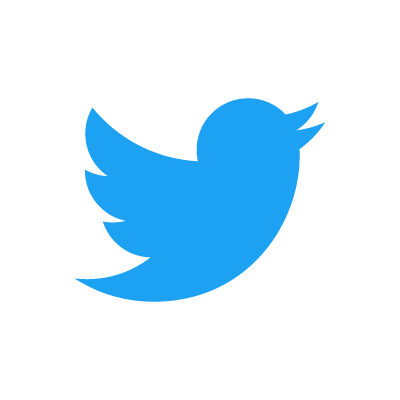



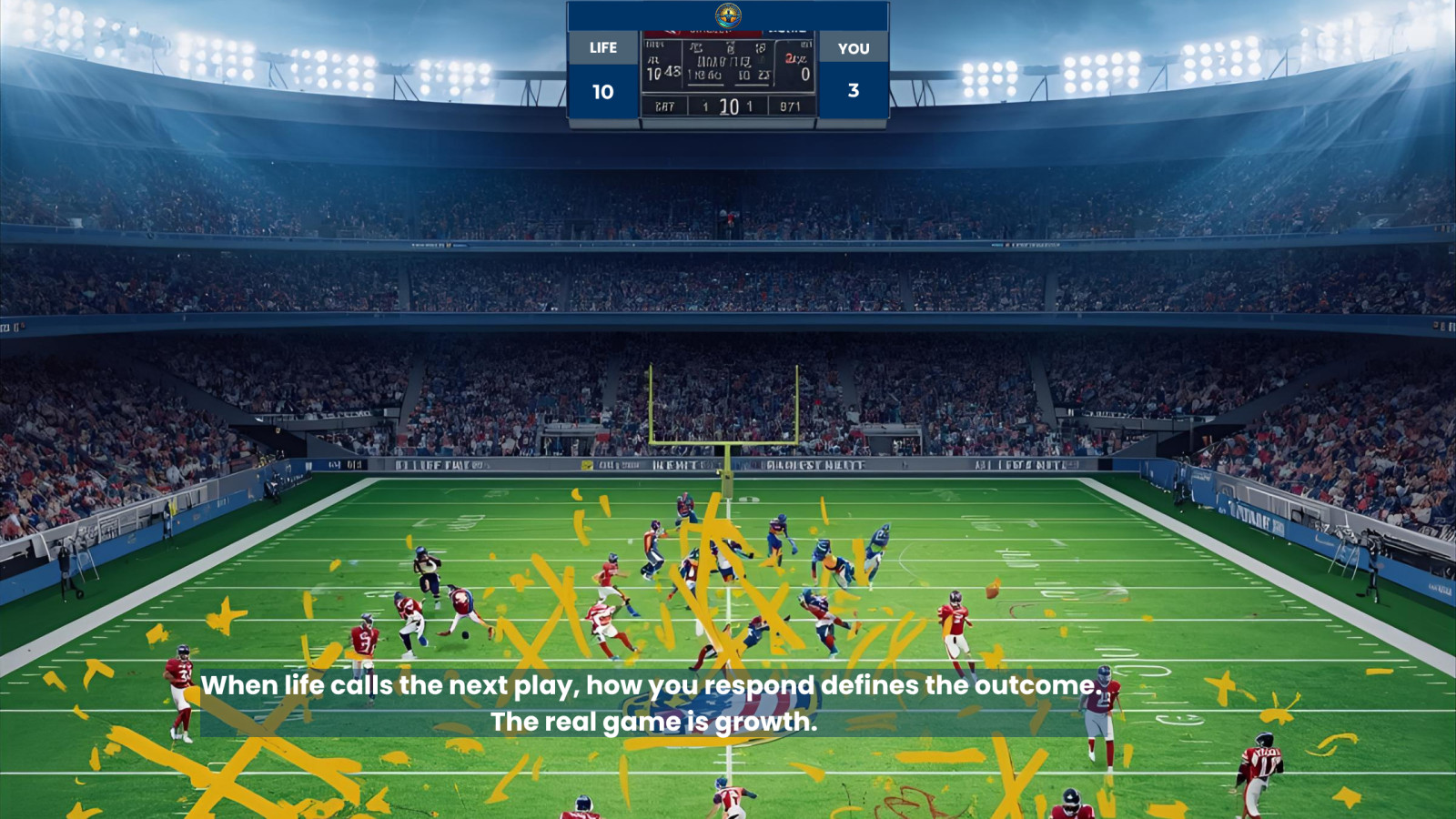
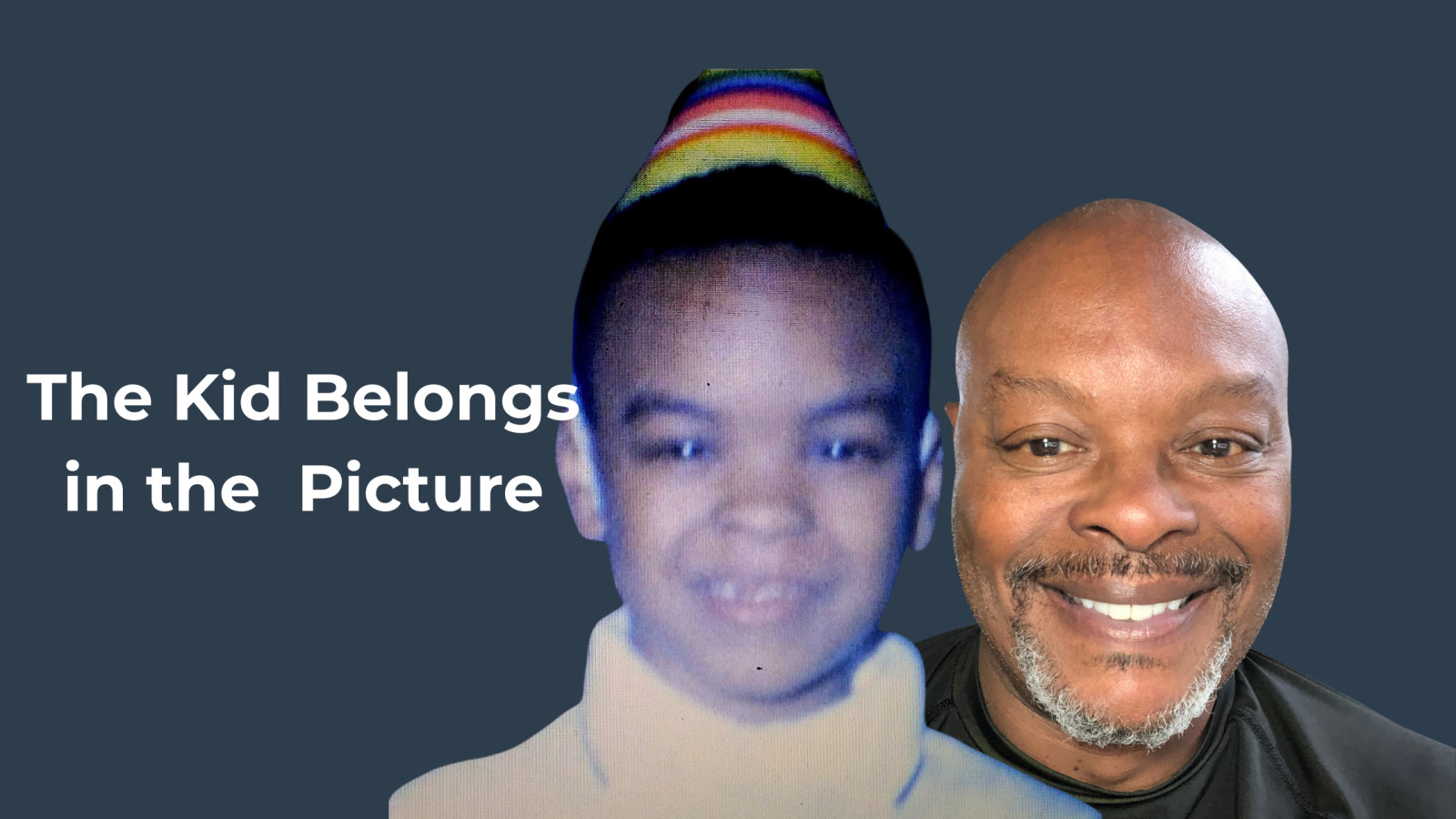

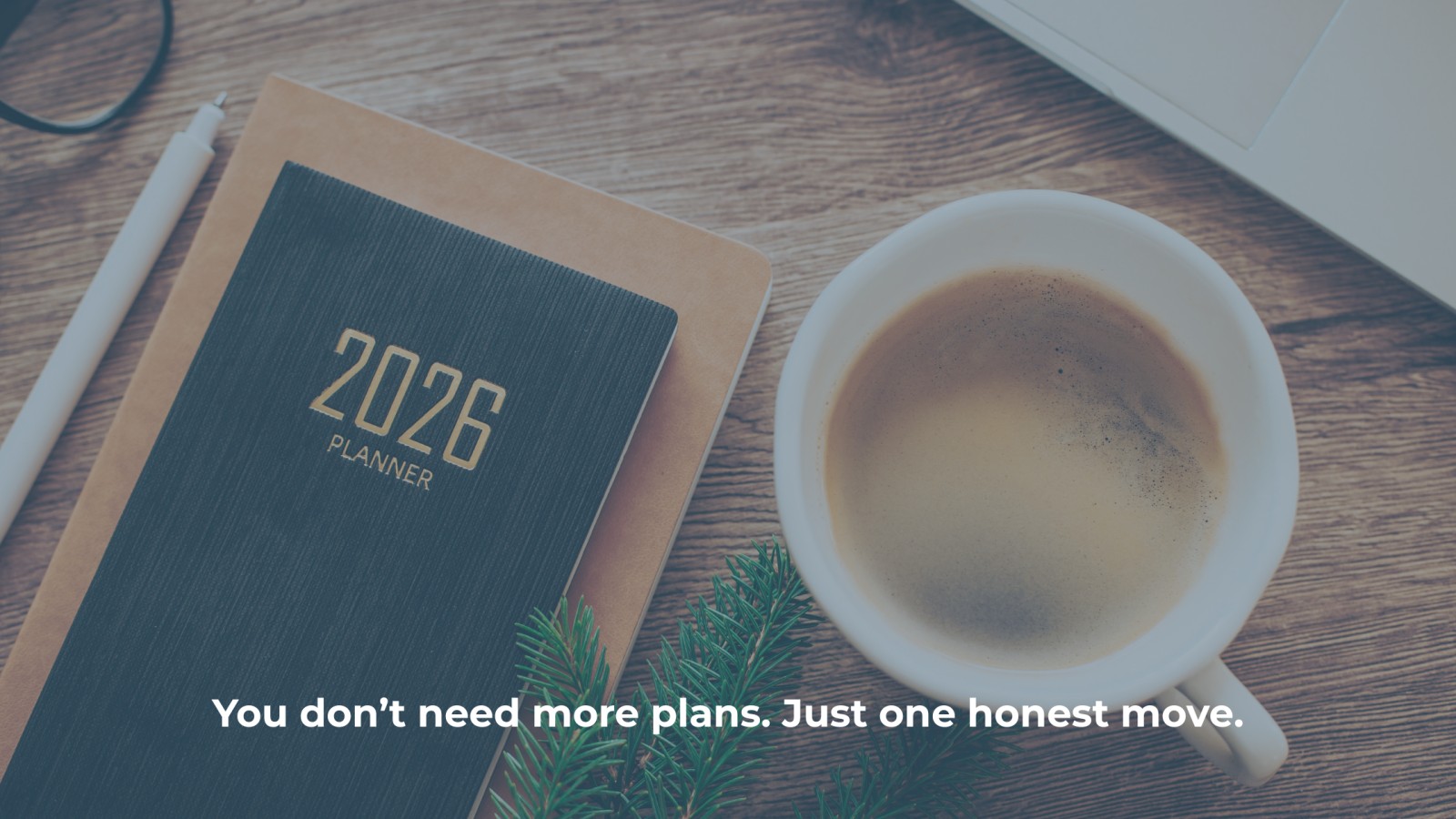
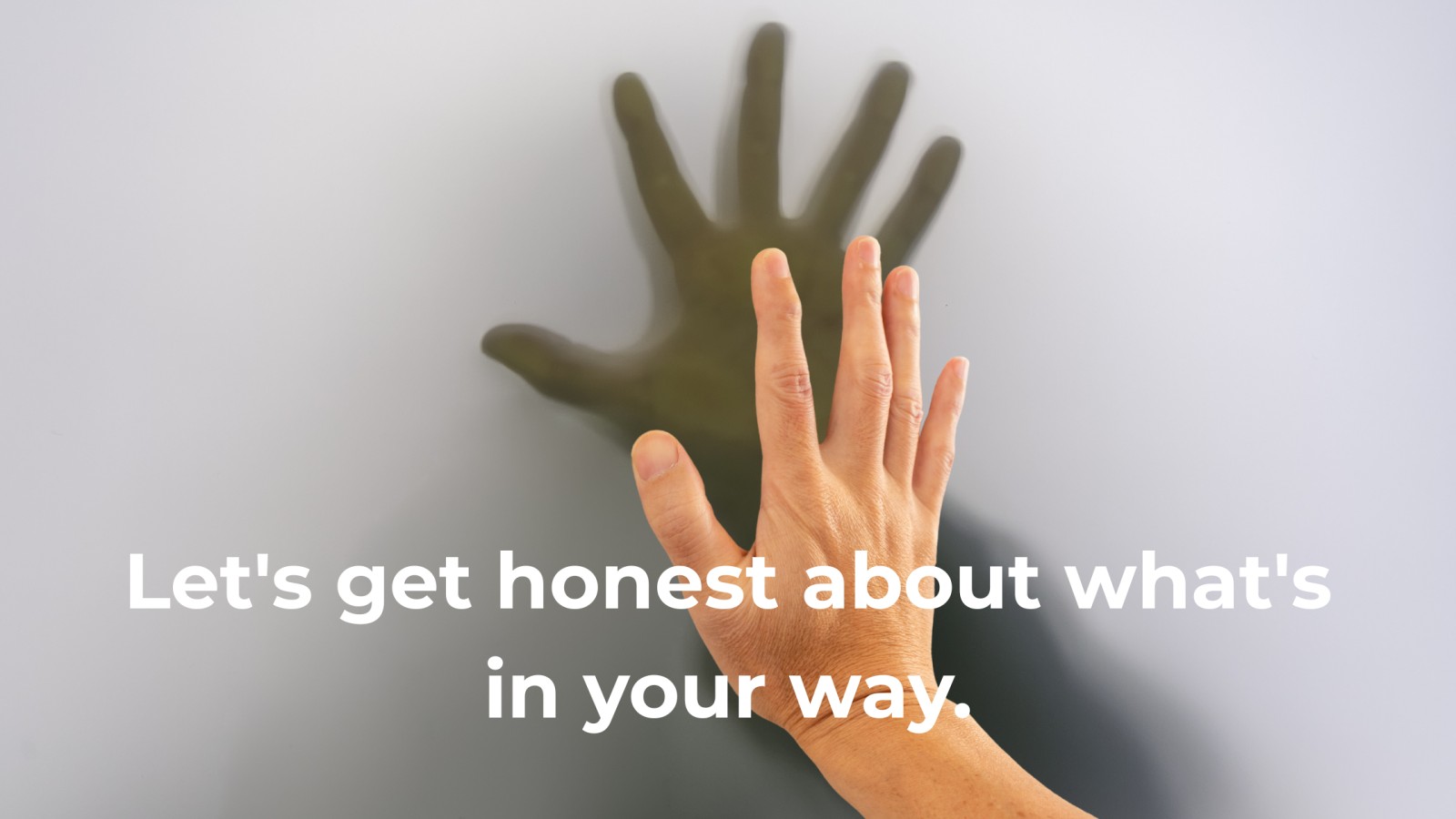
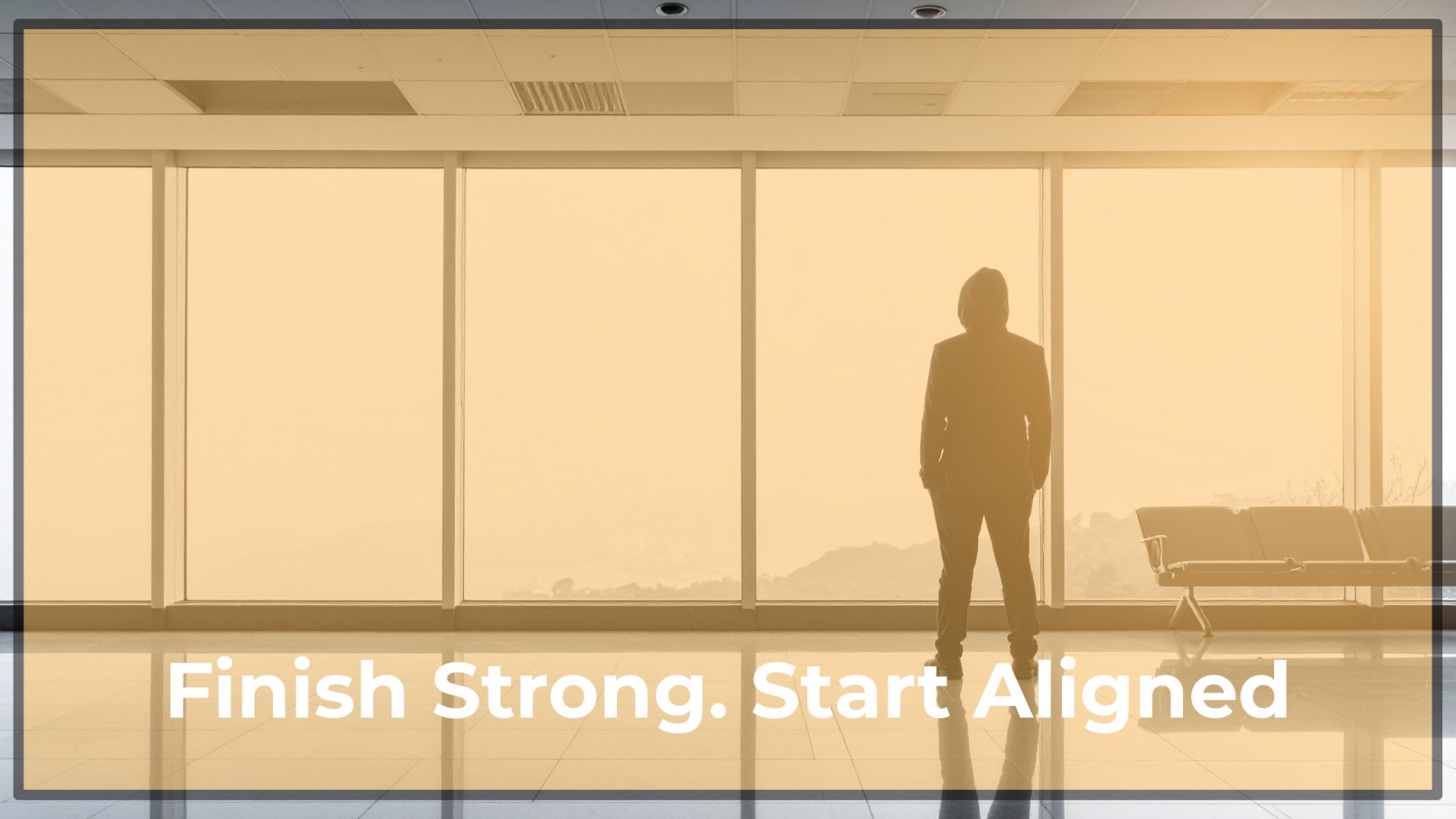
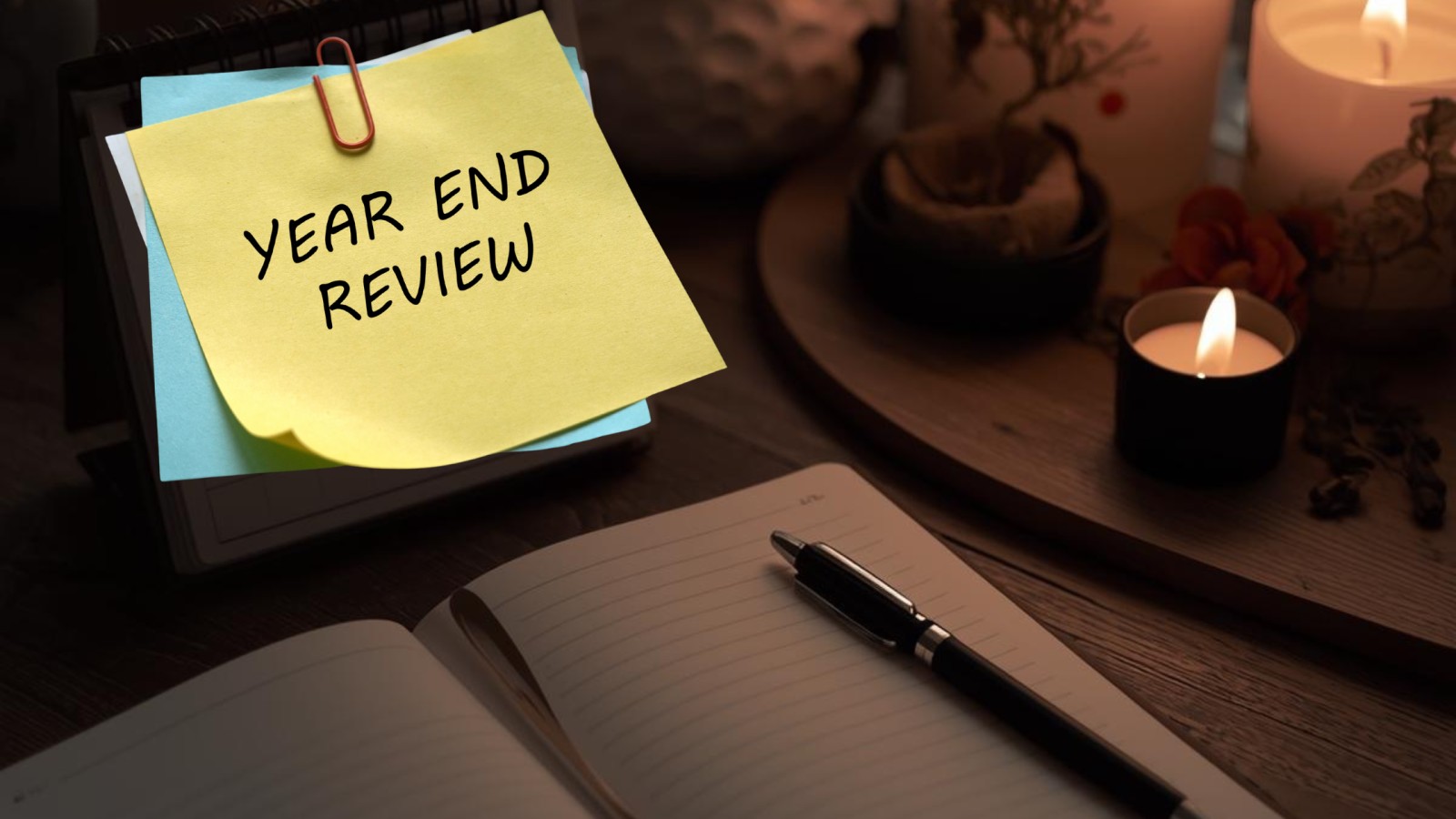
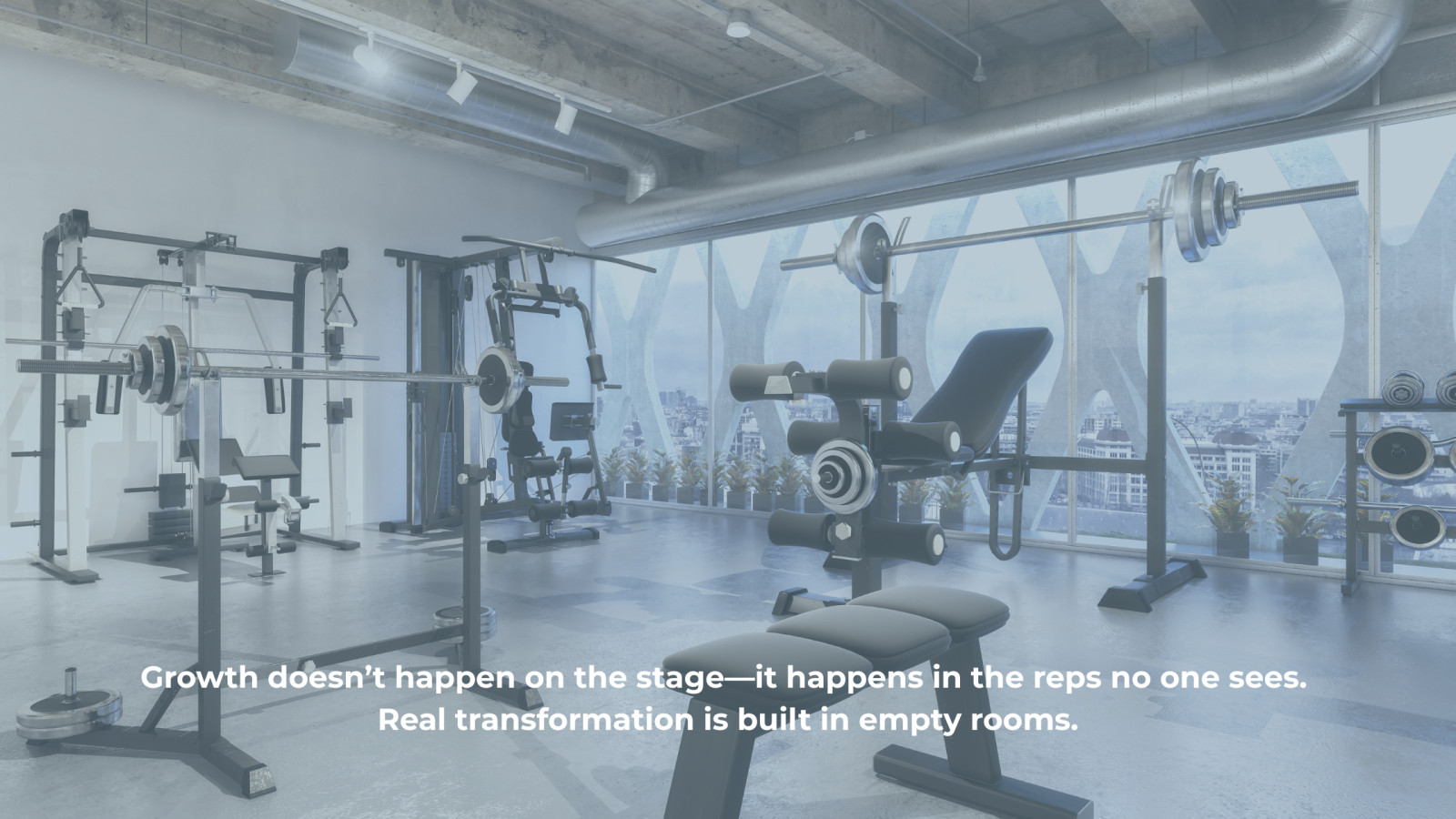
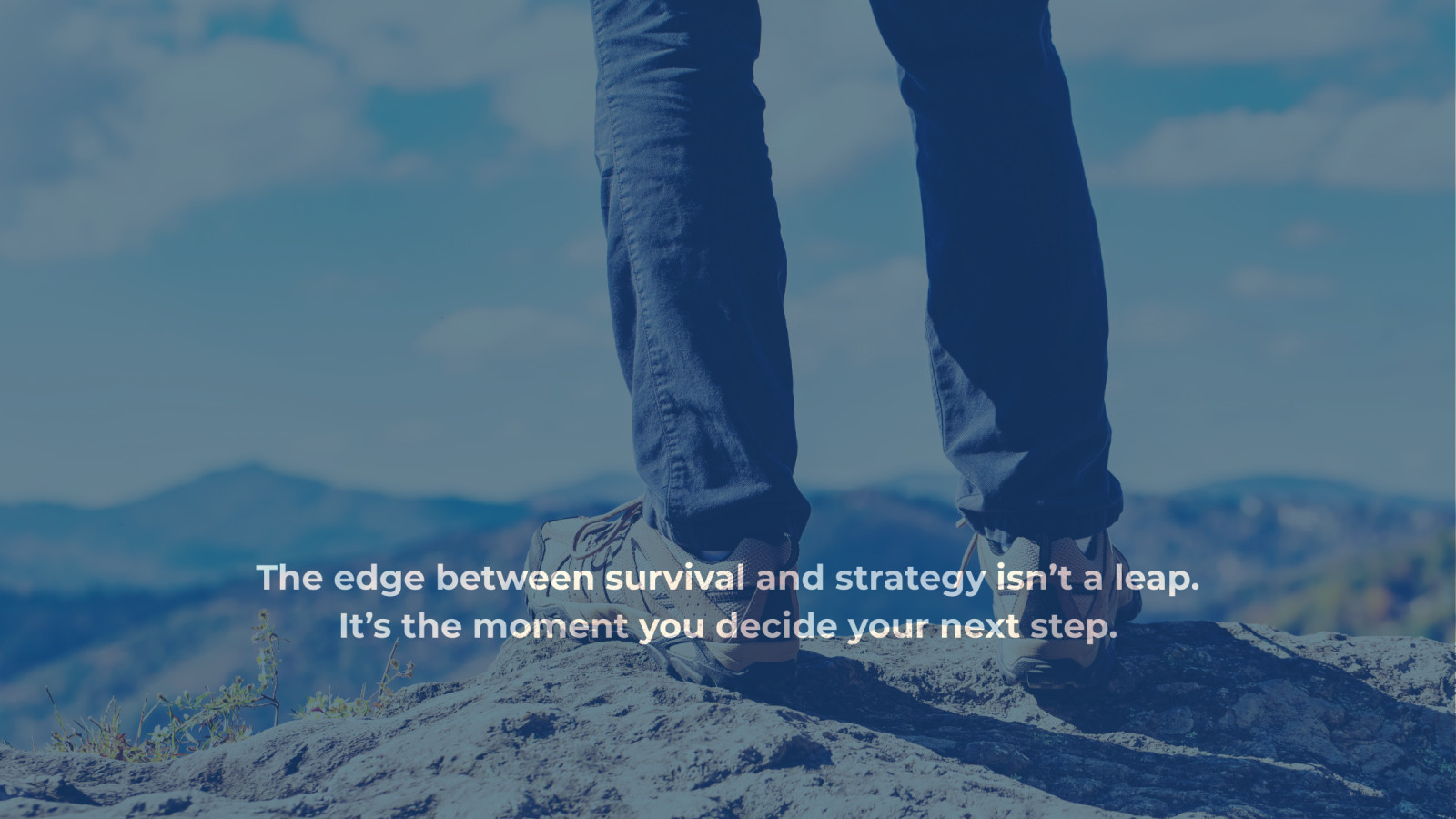
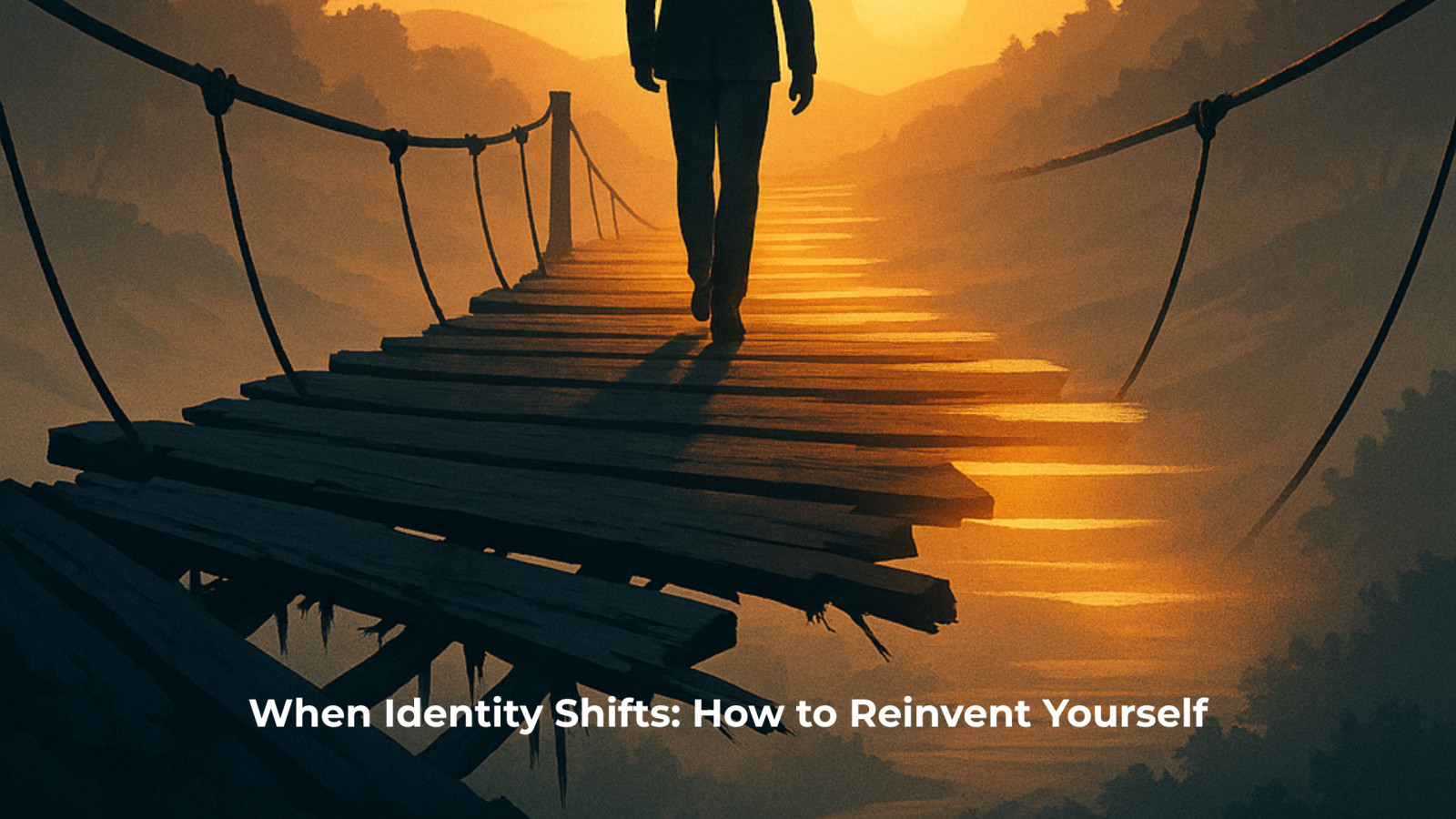
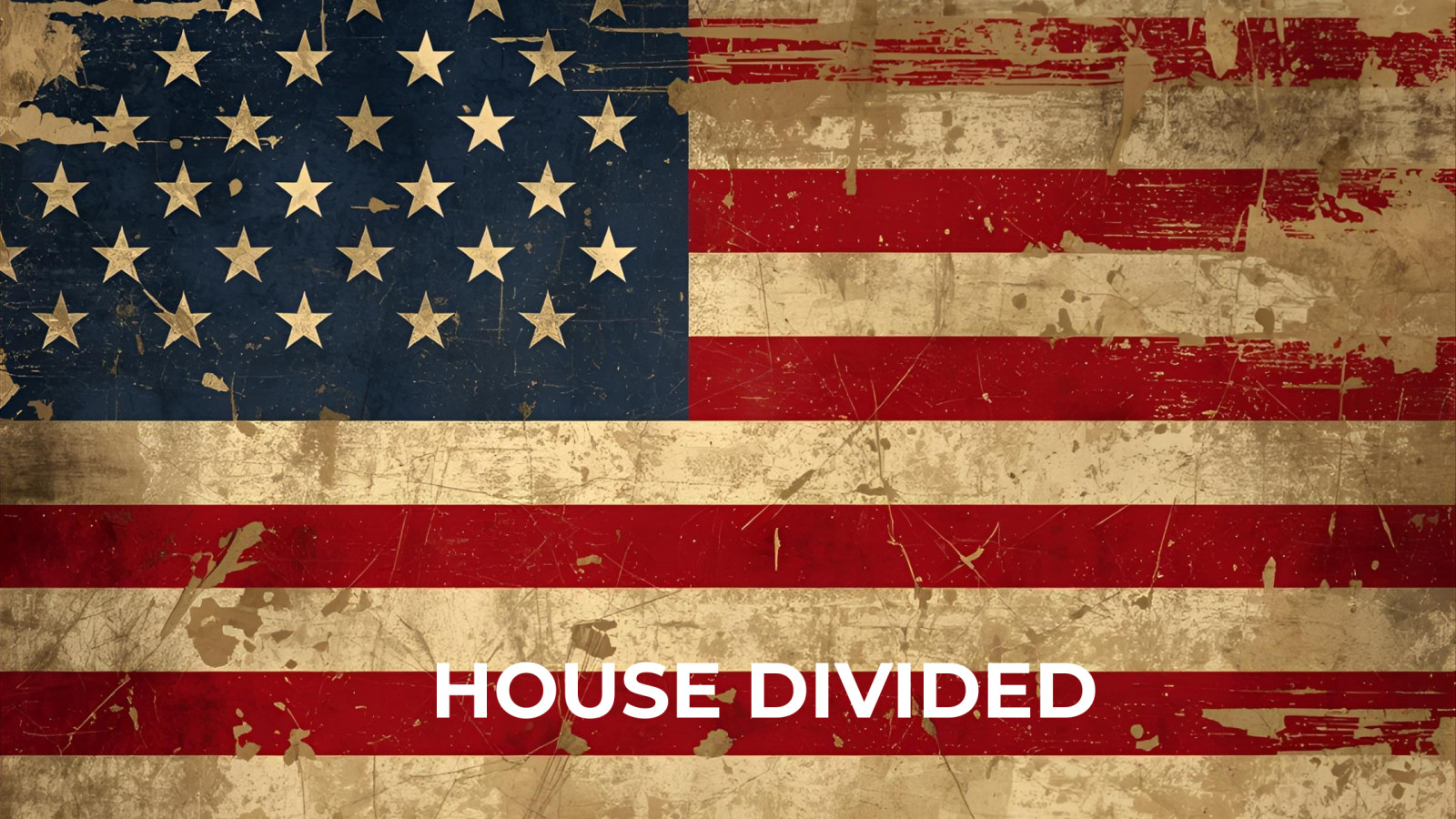
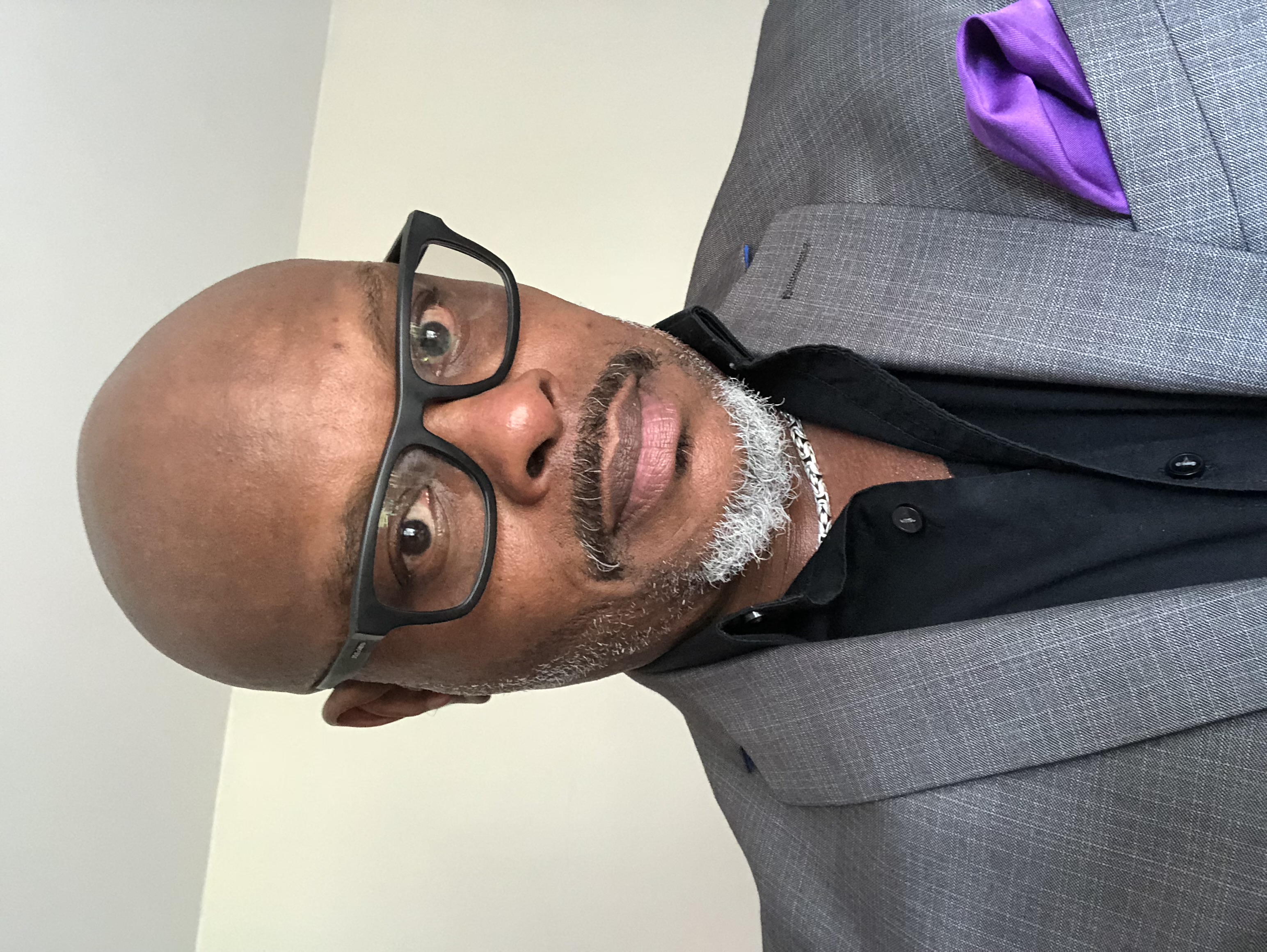
0 Comments